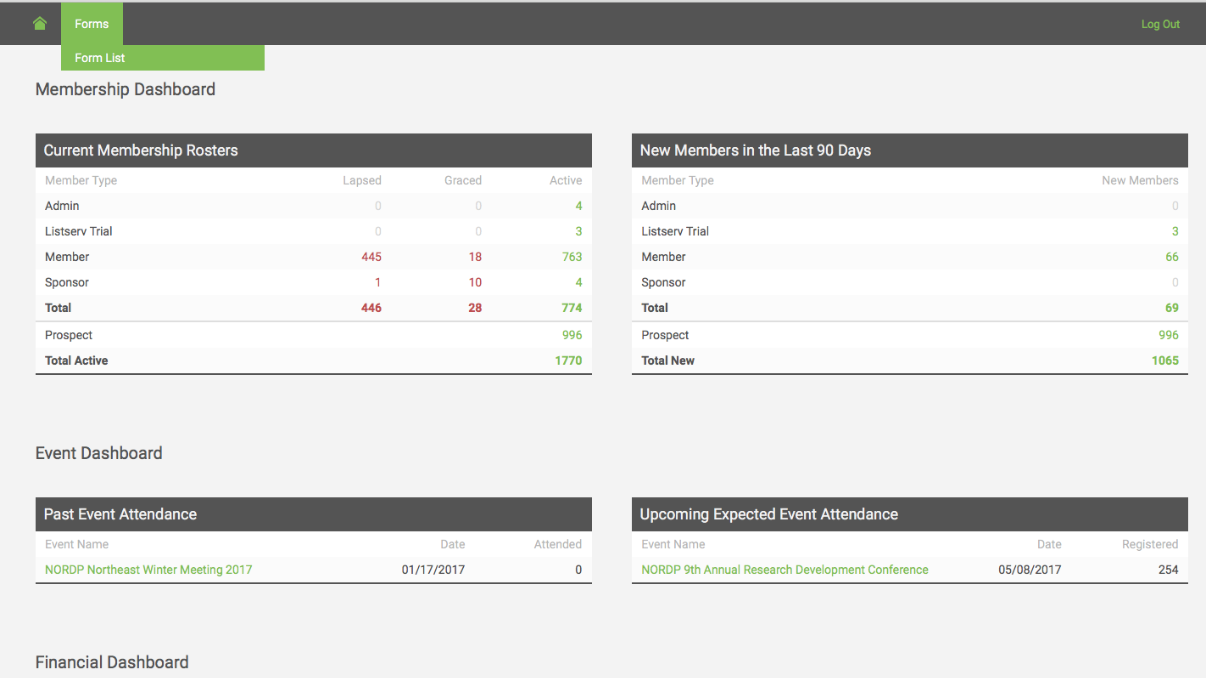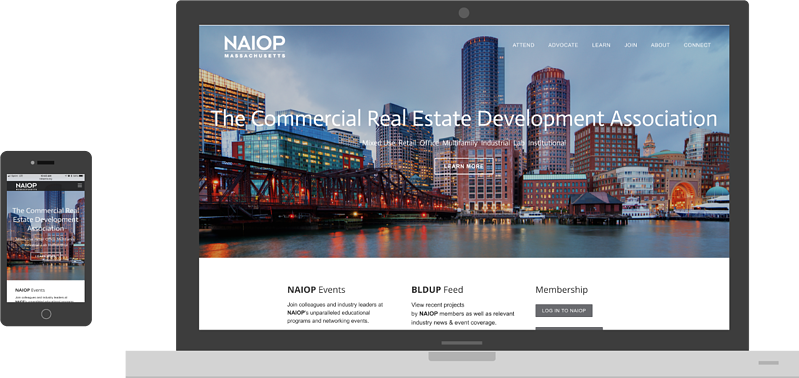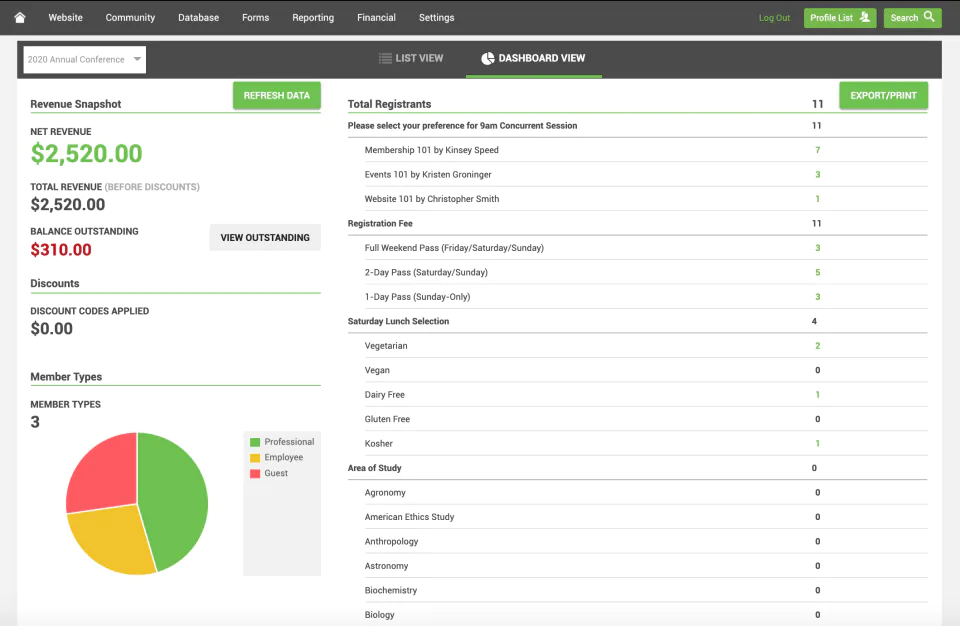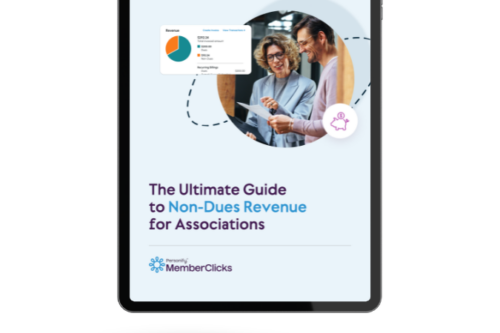Do you ever wonder what your members really want to know about?
Do they read your annual reports?
Do they appreciate your social videos about cats and babies playing together?
What if you’re sending too many emails to members?
If you spend your days (and even a couple of sleepless nights) asking yourself these questions, you’re not alone. 68% of organizations have difficulty growing and engaging membership, and the most commonly cited challenge to growing membership is “difficulties reaching potential members”.
The Trick To Owning Your Membership Management
The truth is it’s not enough to merely track your members, though that’s a great place to start. To engage and grow your membership, it helps to have a way to measure your members’ activity, have the ability to target your marketing efforts to the right members at the right time, while also sending mass communications.
All of this is possible through the use of a Customer Relationship Management system, also known as a CRM. And, these days, there are CRMs for every type of organization no matter your size, budget, and goals.
While choosing a new or improved system can be daunting, many organizations have found that the time and resources that are saved and the membership growth they’ve seen as a result of choosing a CRM make it worth it.
Plus, we’ve put together eight important features to consider when selecting the CRM option that’s right for your organization.
First Things First: What Is a Membership CRM?
One of the most common questions we hear from organizations is what the differences are between membership management software and a membership CRM?
Many organizations have membership management software (MMS) or an association management software (AMS). These platforms act as a hub for all membership activities. Many organizations choose an MMS or AMS to replace an excel sheet to track their member data. An MMS often offers things like email systems, website builders, invoicing capabilities, and even event management.
A CRM offers many of the same capabilities, but companies across all industries and sectors use CRMs to measure and analyze their members’ engagement. Having the ability to measure things like the open rates to emails, the types of members who are signing up for renewals, and the parts of the website your members visit most means you can be more strategic and effective in taking care of your members and attracting new ones.
Ready to explore options? Our Top 12 CRMs for Associations & Membership Organizations highlights leading platforms to compare.
What Features Does a Membership CRM Typically Include?
Membership CRMs offer different user experiences, designs, and customer service options, but a good membership CRM should include the following capabilities:
- A unified view of your members
- The ability to segment your members
- Reporting & analytics
- Dashboards that align with your organization’s goals
- Communication & collaboration tools
- A library to store documents and templates
- Automation capabilities
- Customization for your brand
- Mobile-optimized
8 Key Features To Keep in Mind When Evaluating Membership CRM Options
Now that you know why a CRM is used by organizations to help engage and grow membership, and you know the basic capabilities a CRM should have, we can dive into the 8 key features you should look into as you explore your membership CRM options.
For Your Team:
1. Member Database.
Your member database is where you store and track all of the information related to your members including names, email addresses, member types, renewal dates, and more. A member database is usually one of the first systems that an organization invests in to replace outdated excel sheets. Now, a member database is considered a basic offering for a CRM platform.


2. Website builder.
After you’ve checked to see if a CRM has the membership hub you’re looking for, you’ll want to see if they offer what you’re looking for by way of the communication and marketing command center of your organization — your website.
Similar to a member database, a website builder has become a common capability for a CRM, but websites are a personal thing, and you want to make sure that you’re choosing a CRM with a website builder that works for you and your team. Maybe you prioritize a beautiful design? Maybe you prioritize ease-of-use on the backend? Maybe technology isn’t your thing, so having good support will be essential? Whatever you’ve identified as a must-have for your website builder, be open about it from the beginning.
Once you’ve chosen a CRM with a great member database and a website builder, you’ll be amazed at how member data flows easily between forms and activity from your websites into your member database, giving you accurate and actionable insights into your members’ engagement.
And don’t forget to make sure that the website builder also creates effective mobile sites.

3. Reporting.
It doesn’t matter if you’re a small nonprofit or a large organization, everyone loves membership reports. Everyone except the people that have to produce them, that is. Who wants to spend hours filtering and sorting data in excel sheets, transferring them to an easily digestible document, then interpreting all of the data into a compelling case for bigger, better goals?
If that drudgery sounds familiar, CRMs offer a lot of hope. The beauty of having a centralized member database and a website that “speak” to each other in real-time is that you can generate reports with a few clicks of your mouse.
Ask a potential CRM partner to see what the dashboards look like and if the reports and dashboards can be customized to display the data that means the most to you and your organization. They also make for great visuals in an annual report.
4. Financial management.
Say “goodbye” to spending precious time on mailing checks and manually inputting invoices. A good CRM will make it easy to connect your preferred financial institution to the system, generate invoices that can be auto-filled based on information you’ve entered into a form, and then auto-send to a member based on their profile.
Of course, financial reports are a big part of running an organization, so it’s important that you can generate financial reports, too.

5. Segment and communicate via email.
Even though the idea of target audiences and segments started in the marketing world, it’s become all the rage across all industries and departments. Many CRMs will give you the capability to create member types (student, full, corporate, etc.) that allow you to separate, or segment, those into specific member audiences and send them highly personalized and relevant email communications.
For example, if your organization has started a scholarship fund, you may want to target members who have listed a university they attend on their member form or members that receive a student discount on their membership. Once you’ve segmented this audience, you can make your email relevant to them. You could write about preparing for the next semester or send it as college enrollments begin. And then, you can send the email directly from the CRM. It’s a win-win.
These are the features that will save your team time, increase membership growth and engagement, and have one source of member truth. All of which are important when you’re dealing with limited resources or staff turnover.
DATA-IN-ACTION: Read how Midwest Sociological Society’s lone staff member increased members by 16% after choosing the right CRM for their organization.
For Your Members:
We’ve established the benefits of a membership CRM for an organization’s staff and board, but there are some significant benefits for members, too. Here are some of our favorite member benefits to choosing a CRM.
6. Member directory.
One of the most visible benefits of becoming a member of an organization is being featured on a member directory. For the most part, a member directory consists of information like first and last name, title, company/publication/institution, and contact information.
But these days, member directors are getting visual and include headshots, search capabilities, tags, and categories based on industry or experience, etc. Having a CRM not only allows you to include more sophisticated features on your membership directory, but it can also easily pull information from member registration and renewal forms and auto-populate them on the site. This ensures member information is accurate, helpful, and allows for easy networking and connection.
7. Members’ only website.
Your website is your best public-facing representation of who you are. But should it look a little different for people who already support your cause? Many organizations have found a members’ only website helpful to better serve their members by giving them easy access to their personal invoices, their relevant event information, access to any member or staff communications, etc.
It also cuts down on staff and volunteer time in emailing members with common questions about invoices and event information since members are empowered to visit their site and find the information themselves.
GET THE EMAIL TEMPLATE: Invite your members to their members’ only site by highlighting some of its best features via email.
8. Event registration.
We talked earlier about the ease of creating forms and tracking member and invoice information based on submitted forms. This may be the most helpful in the case of events. Instead of using a different system like Eventbrite, a good CRM gives you the power to post information about an upcoming event on your website, make registration clear and easy, create a form where you collect information and payment, then have the ability to invoice and send communications about the event. All from one place!
For members, the effects of a CRM are easier ways to stay in contact with staff and administrators, connect with other members, and participate in more member activities. All of these things will ensure members can stay engaged, increases the likelihood of renewals, and also increases member referrals.
Learn How MemberClicks Can Help With All These Features
If your current AMS isn’t cutting it, or it’s time to evolve your current CRM towards one that’s more association- or member-focused, consider reaching out to MemberClicks. We’d love to help your organization save time and your members engage with your organization even more.

















